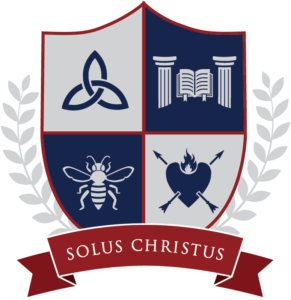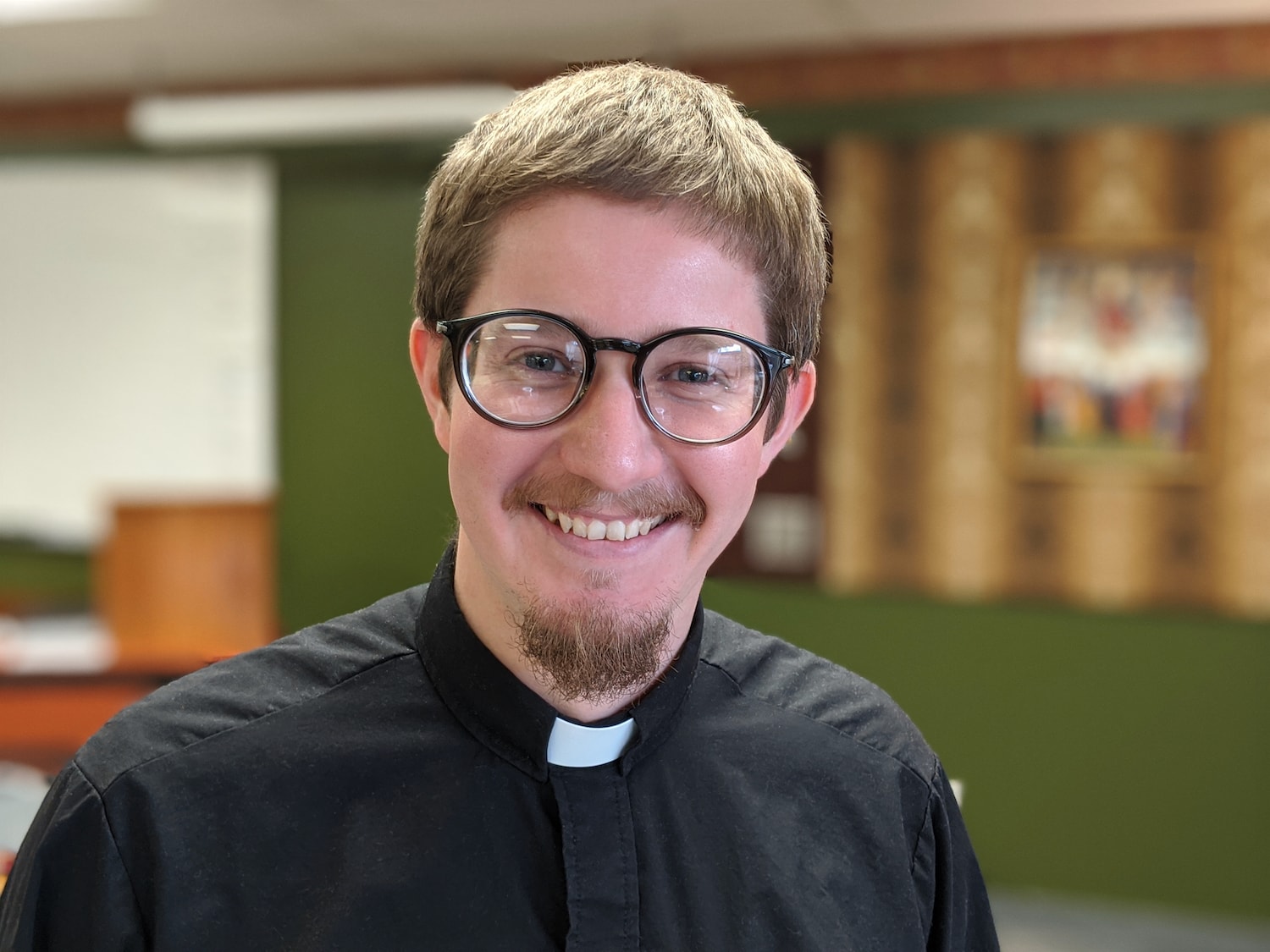Mount Hope Lutheran School follows a three-year history rotation. Year 1 is Classical History, which covers the Greco-Roman period. Year 2 is Medieval History, which covers about the years AD 500-1500. Year 3 is Modern History, which covers the Renaissance, Reformation, and American History. This year is the Classical History year, which means students are going to hear and read some stories from Greek and Roman mythology.
Three years ago I wrote a newsletter article entitled “Why Study Pagan Mythology?” and if you’re looking for a simple explanation of the rationale, read that piece. This year I’d like to show some examples of the right use of pagan mythology, and I’ll do so through the author Ovid and his famous work, Metamorphoses.
Publius Ovidius Naso (43 BC—c. AD 17) wrote Metamorphoses in AD 8, when our Lord Jesus Christ was a boy according to His human nature and eternal God according to His divine nature. Metamorphoses contains many of the most famous myths, such as Midas with the golden touch; Daedalus, the famous inventor, and his son, Icarus, who flew too close to the sun; Minos and the Minotaur; Jason and Golden Fleece; Orpheus going to the underworld to rescue his bride, Eurydice. Metamorphoses has left its mark on many of the great works of Western Civilization. Dante draws from Metamorphoses for descriptions of transformations in the Inferno. William Shakespeare has characters in A Midsummer Night’s Dream perform a play within the play: a humorous staging of the tragedy of Pyramus and Thisbe, drawn from book 4 of Metamorphoses.
I’ll start this series with a passage from the early lines of the first book of Metamorphoses, which helps us see how close the pagans could come to the truth, and yet how widely they could miss at the same time. Here’s what Ovid writes about the creation:
Before the seas, and this terrestrial ball,
And heaven’s high canopy that covers all,
One was the face of Nature; if a face:
Rather a rude and indigested mass:
A lifeless lump, unfashion’d and unframed,
Of jarring seeds, and justly Chaos named.
No sun was lighted up the world to view,
No moon did yet her blunted horns renew,
Nor yet was earth suspended in the sky,
Nor poised, did on her own foundations lie,
Nor seas about the shores their arms had thrown;
But earth, and air, and water were in one.
Thus air was void of light, and earth unstable,
And water’s dark abyss unnavigable.
No certain form on any was impress’d;
All were confused, and each disturb’d the rest.
For hot and cold were in one body fix’d,
And soft with hard, and light with heavy, mix’d.
But God, or Nature, while they thus contend,
To these intestine discords put an end.
Then earth from air, and seas from earth, were driven,
And grosser air sunk from ethereal heaven.
(Ovid, Metamorphoses; trans. John Dryden et al., 1717, lines 7-28)
There are almost echoes there of the book of Genesis: “The earth was without form, and void; and darkness was on the face of the deep” (Gen. 1:2). Then God, the one true God, spoke and made distinctions between things like light and darkness, water and dry land (Gen. 1:4, 9). In Ovid we see the truth of Paul’s words that he preached in Athens about 40 years after Ovid wrote Metamorphoses:
“And He has made from one blood every nation of men to dwell on all the face of the earth, and has determined their preappointed times and the boundaries of their dwellings, so that they should seek the Lord, in the hope that they might grope for Him and find Him, though He is not far from each one of us; for in Him we live and move and have our being, as also some of your own poets have said, ‘For we are also His offspring’” (Acts 17:26-28).
Paul there quotes a pagan author (Aratus, Phainomena), and he portrays the pagans as blind men groping for God and actually hitting upon some truths. Ovid got some things right, though the reader who will profit most from the pagan authors is the Christian, for he knows the full truth.
In the second century AD a Christian teacher, Clement of Alexandria, wrote an apologetic work upholding the doctrines of Christianity in the face of the still-widespread pagan religion. At one point, in a rhetorical flourish, he addresses the famous mythological blind prophet Tiresias with words that show how the Christian approaches pagan mythology:
“Come thou also, O aged man, leaving Thebes, and casting away from thee both divination and Bacchic frenzy, allow thyself to be led to the truth. I give thee the staff [of the cross] on which to lean. Haste, Tiresias; believe, and thou wilt see. Christ, by whom the eyes of the blind recover sight, will shed on thee a light brighter than the sun; night will flee from thee, fire will fear, death will be gone; thou, old man, who saw not Thebes, shalt see the heavens” (Exhortation to the Heathen, ch. 12; Ante-Nicene Fathers, Vol. 2, pg. 205).
The Christian takes the Greek myth by the hand, so to speak, and leads him to Jesus. Ovid makes some fine points, but only Christians can take those points to their proper destination in the truth of Holy Scripture. Over the course of this school year, I look forward to sharing with you some of the famous myths from Ovid’s Metamorphoses and considering the good we can glean from them and the correction we can offer.
In Christ,
Pastor Richard

